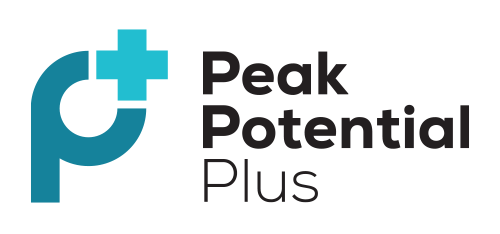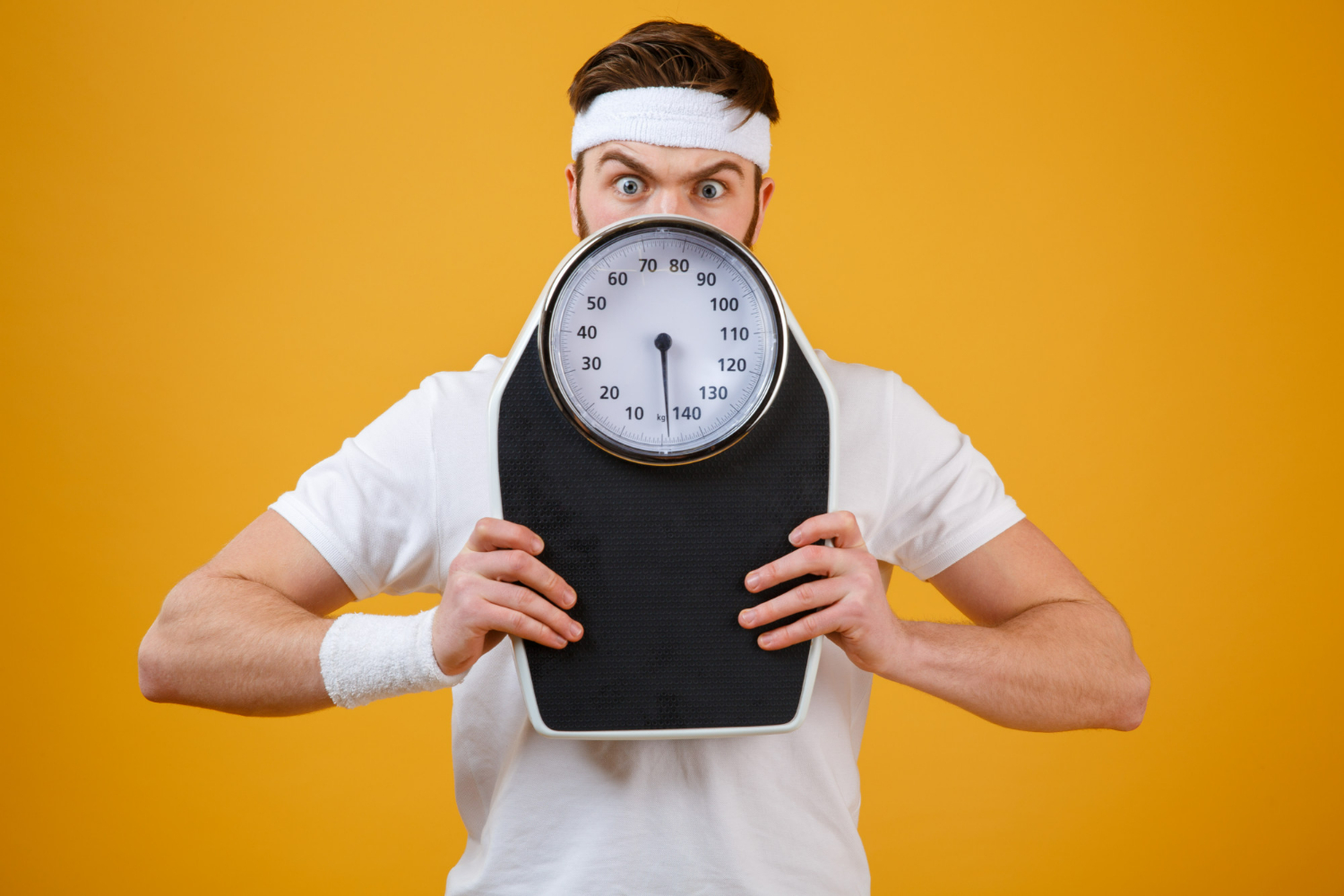Introduction
In the realm of fitness and weight loss, Excess Post-Exercise Oxygen Consumption (EPOC) emerges as a pivotal player, not just a physiological byproduct. This acronym represents the elevated oxygen consumption persisting after a rigorous workout, offering a profound impact on the quest to shed excess weight. This article delves into the intricacies of EPOC, unraveling its significance and unveiling its crucial role in the pursuit of weight loss.
The Science Behind EPOC
The journey begins with comprehending the essence of EPOC. This phenomenon, often known as the afterburn effect, is rooted in the body’s intricate response to intense exercise. As the workout concludes, oxygen consumption remains heightened, initiating a cascade of metabolic processes. These processes involve the removal of lactate, the replenishment of glycogen stores, and the restoration of hormonal balance.
At the core of EPOC lies its remarkable ability to contribute significantly to calorie burning. The sustained elevation in metabolic rate post-exercise ensures continued energy expenditure, making EPOC a valuable ally in the pursuit of weight loss.
Factors Influencing EPOC
The magnitude of EPOC is intricately linked to several factors. The intensity of the exercise, its duration, the type of exercise performed, and individual fitness levels collectively determine the extent of the afterburn effect. Higher intensity workouts and longer durations tend to induce a more pronounced EPOC, while the combination of cardiovascular and strength training exercises offers a synergistic boost.
HIIT: A Catalyst for EPOC
High-Intensity Interval Training (HIIT) emerges as a potent catalyst for maximizing EPOC. This approach involves alternating between short, intense bursts of exercise and brief periods of rest or lower-intensity activity. Beyond elevating the heart rate, HIIT creates a metabolic upheaval that extends well beyond the workout, amplifying the afterburn effect.
The benefits of incorporating HIIT into a fitness routine extend beyond EPOC. This method enhances cardiovascular health, improves insulin sensitivity, and provides a time-efficient solution for individuals with busy schedules.
EPOC and Fat Oxidation
EPOC’s role in promoting fat oxidation is a crucial aspect of its contribution to weight loss. During the post-exercise period, the body taps into stored fat as a primary fuel source, facilitating a gradual reduction in body fat percentage and a more favorable body composition over time.
Cardiovascular and Strength Training Combo Workouts
The strategic combination of cardiovascular and strength training exercises proves to be a powerful approach for optimizing EPOC. While cardiovascular exercises elevate the heart rate and burn immediate calories, strength training contributes to muscle development, enhancing overall metabolic efficiency.
Balancing workout duration is equally crucial for optimizing EPOC. Striking the right balance prevents overtraining and supports consistent, sustainable exercise habits. The frequency of workouts also plays a role, with regular sessions maintaining a heightened metabolic rate for continuous calorie burning.
Nutrition and EPOC
EPOC’s effectiveness is closely tied to nutrition. Adequate nutrient intake, including carbohydrates for glycogen replenishment and protein for muscle repair, supports the physiological processes driving the afterburn effect. Strategic pre and post-workout nutrition further amplifies the benefits of EPOC, setting the stage for sustained calorie burn.
Technological Tools for Monitoring EPOC
In the age of technology, fitness trackers and wearables offer valuable insights into the effectiveness of EPOC-inducing workouts. These devices monitor heart rate, oxygen consumption, and calorie expenditure, providing a quantitative lens into the efficacy of fitness routines. Beyond data collection, technology offers the potential for personalized fitness plans, optimizing the efficiency of calorie burn based on individual responses.
Real-World Success Stories
Real-world success stories serve as beacons of inspiration for those embarking on their weight loss journey. These narratives, diverse in their approaches, showcase the adaptability of EPOC principles to different lifestyles. Lessons learned from success stories emphasize the importance of consistency, determination, and the ability to tailor EPOC principles to individual goals.
In unraveling the intricacies of EPOC and its role in weight loss, we discover a dynamic interplay of physiological processes, exercise strategies, and nutritional considerations. Understanding and leveraging the afterburn effect can be transformative, paving the way toward a healthier, fitter, and more resilient body.



















